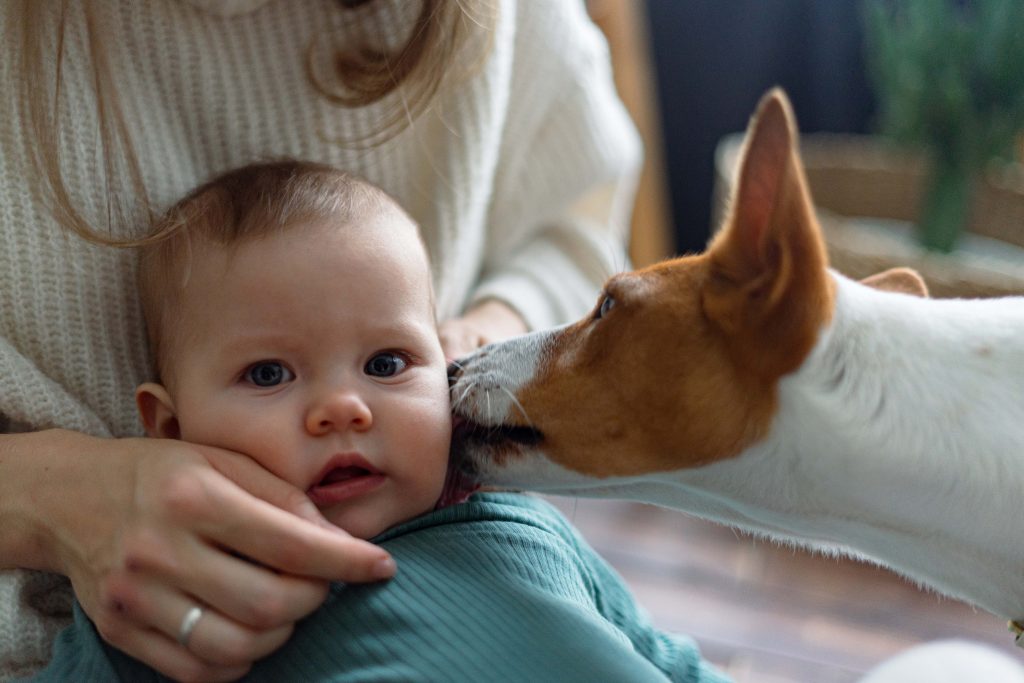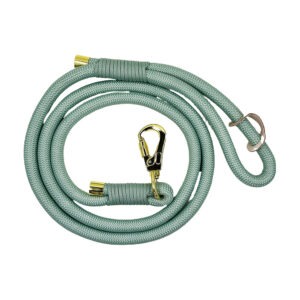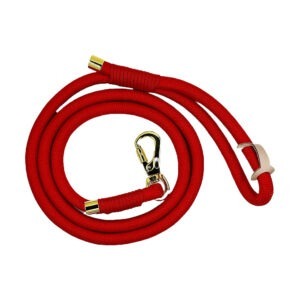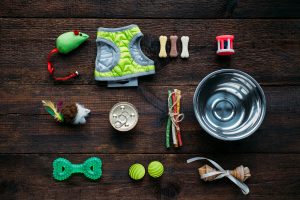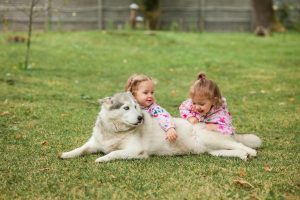When you’re expecting a baby, one of the things you start thinking about is how your dog will react. It’s natural to want to make the transition as smooth as possible for both your furry friend and your new arrival, but it can be tricky to know where to begin.
Here are some tips to help make the process go as smoothly as possible for everyone involved.
7 Tips for Introducing a Dog to a Baby
Some of our latest products...
1. Get Your Dog Used to Baby Items Before the Baby Arrives
If you haven’t already, start introducing your dog to baby items like a stroller, crib, or carrier. This can help reduce the chance of your dog becoming aggressive or protective of the baby.
One way to do this is to start by leaving a doll in your dog’s bed. This will help your dog become accustomed to the smell and sound of a baby. You can also start using a baby blanket or other items around your house.
As your dog becomes more comfortable with these items, you can slowly start incorporating a baby into the mix. This will help your dog get used to the sights and sounds of a baby without having to worry about meeting the real thing head-on.
2. Provide Basic Obedience Training
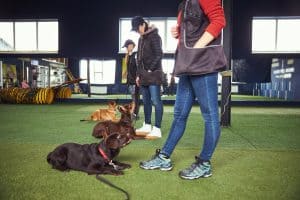
If your dog isn’t already trained, there are plenty of classes and resources available to help you get started. Once your dog has a good understanding of the basics, you can start working on specific commands that will be relevant to having a baby in the house.
The “back” command will be one of the most important in this situation. You’ll want to be able to tell your dog to back away if they get too close to the baby.
3. Create a Safe Space for Your Dog
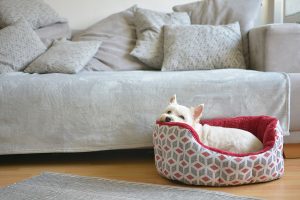
Be sure to provide plenty of toys and treats for your dog in this space so they can relax and feel comfortable there. You may also want to consider putting up a baby gate to keep the baby and dog separated when you’re not able to watch them closely.
Your dog’s crate is his sanctuary, so it’s important that he feels comfortable there. Make sure the crate is big enough for your dog to move around in and that it’s located in a quiet area of the house.
4. Introduce Your Dog to the Baby Gradually
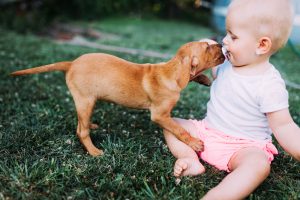
Once your dog seems comfortable with that, you can try holding the baby while your dog is in his crate or behind a baby gate. If all goes well, you can gradually start increasing the amount of time your dog spends around the baby.
Make sure to praise your dog and give them treats whenever they behave well around the baby. This will help reinforce positive behavior and make the experience more enjoyable for everyone involved.
5. Give Your Dog Plenty of Attention

Take time to play with your dog and give them attention every day. You may also want to consider hiring a dog walker or taking your dog to doggy daycare on occasion so they can socialize and burn off some energy.
If you don’t have time for these things, make sure you’re at least giving your dog plenty of belly rubs and cuddles. A little extra attention can go a long way in helping your dog feel comfortable and adjust to life with a new baby.
6. Stock Up on Playthings and Supplies
When you have a baby, it’s important to be prepared with all the necessary supplies. This includes things like diapers, wipes, and clothes. But don’t forget about your dog!
Be sure to stock up on things like dog food, toys, and treats. You may also want to consider buying a dog crate or bed to give your dog their own space in the house. If you won’t be able to feed your dog on a regular schedule, you may want to consider asking a neighbor or friend to help out.
7. Be Prepared for Setbacks
Dogs won’t instantly adjust to the baby, and there may be some setbacks along the way. If your dog starts exhibiting negative behaviors around the baby, it’s important to remain calm and patient.
Try to keep things positive and reward your dog whenever they behave well. If the behavior continues, you may want to consult with a professional trainer or behaviorist for help.
Never, in any case, leave your baby and dog together unsupervised. Even if your dog is generally good around the baby, it’s important to be cautious and take precautions to prevent any accidents from happening.
How Do I Know if My Dog Likes My Baby?
Now that you’ve taken the time to introduce your dog to the baby and make sure they’re comfortable with each other, you may be wondering how you can tell if your dog likes the baby.
Here are a few signs that your dog is happy and comfortable around the baby:
- They approach the baby calmly and gently
- They allow the baby to touch them and pet them
- They show interest in the baby but don’t become too excited or overwhelmed
- They obey commands and stay calm when the baby is around
If you see these signs, it’s a good indication that your dog is happy and comfortable around the baby. However, every dog is different, so it’s important to pay attention to your dog’s individual body language and cues.
As long as your dog is exhibiting positive behaviors around the baby and you’re taking precautions to prevent accidents, you can rest assured that your dog and baby will be able to enjoy a happy, healthy relationship.
Final Thoughts
Many dog-parents-turned-actual-parents worry about how their furry friend will react to the new arrival. By following the tips above and taking things slowly, you can help make the transition smooth and ensure that your dog and baby form a strong bond.
With a little patience and preparation, you can create a happy home for everyone. Just remain patient, be prepared for setbacks, and most importantly – enjoy the process!

